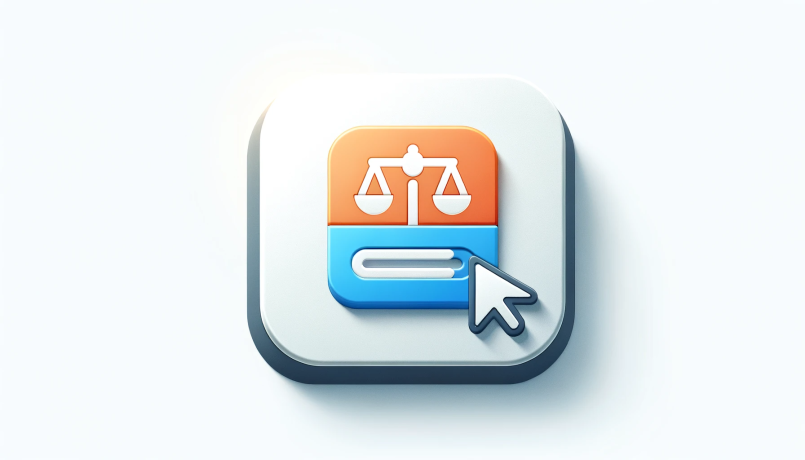
Explore the essentials of the home office deduction, a valuable tax relief for remote workers and small business owners.
by LawInc Staff
November 21, 2023
The home office deduction lets you deduct expenses when using your home for business. With over 4 million Americans claiming this deduction, it remains a popular option for small business owners and remote workers.
Understanding the key requirements, expenses covered, and processes involved is essential to maximize returns. This comprehensive guide covers the fundamentals of qualifying for and claiming the home office deduction.
1. Tax Savings Opportunity

Exploring Tax Benefits of Home Office Deductions
-
- Lowers Taxable Income: Deductible home office expenses reduce net taxable income; results in substantial tax savings annually.
- Ongoing Benefit: The deduction can be claimed each year expenses are incurred without depreciation limitations.
- Available for Multiple Ventures: Can be utilized for all qualifying business activities conducted from the home office.
Example: Susan’s Home Office Tax Savings
- Susan deducts $3,500 in home office expenses, reducing her taxable income.
- She claims the deduction every year without depreciation limits.
- Susan uses the same home office for multiple side businesses.
Tips to Maximize Deductions:
- Accurately calculate allowable deduction amounts every tax year.
- Claim deductions for all eligible home-based businesses.
- Deduct expenses in the year they occur to get immediate tax relief.
Frequently Asked Questions:
- What’s the maximum amount that can be deducted? No strict limit, but subject to various IRS rules and formulas.
- Does the deduction amount change yearly? Yes, the deductible amount can vary annually based on actual expenses.
2. Eligibility Criteria

Key Criteria for Home Office Deduction Eligibility
-
- Regular and Exclusive Business Use: The space must be used regularly and exclusively for business purposes to qualify.
- Principal Place of Business: It must be the main place where essential administrative or management activities are conducted.
- Self-Employed Filers Only: The deduction can only be claimed by self-employed taxpayers or partners in a partnership.
Example: Mark’s Home Office Qualifications
- Mark uses his home office weekly for his consulting business.
- It’s where he meets clients and manages his company’s operations.
- As self-employed, Mark qualifies for the deduction.
Tips to Determine Qualification:
- Track usage to prove regular and exclusive business use.
- Identify core administrative tasks done from the home office.
- Consult a tax pro if eligibility is unclear.
Frequently Asked Questions:
- Can employees claim this deduction? Generally no, only the self-employed qualify.
- What are considered administrative tasks? Billing, bookkeeping, scheduling, paperwork; key management activities.
3. Allowable Expenses
-
- Portion of Rent/Mortgage: Deduct a percentage based on the office space ratio to total home size.
- Utilities: Gas, electric, water, trash pickup apportioned by the office space percentage.
- Repairs & Maintenance: Any upkeep expenses based on business usage area.
Understanding Allowable Expenses for Home Office
Example: Brian’s Deductible Expenses
- 10% of Brian’s $1,500 monthly rent and mortgage interest.
- Portion of electricity, water and trash collection bills.
- Cleaning and repairs for the office area only.
Tips for Tracking Expenses:
- Save all receipts and bills for expenses.
- Set up separate business bank account.
- Keep detailed records with calculations.
Frequently Asked Questions:
- What expenses can’t be included? Luxury upgrades like swimming pools or gardens.
- Can equipment purchases be deducted? Yes, with limitations based on business use.
4. IRS Forms and Filing Process

Navigating the IRS Filing Process for Home Office Deductions
-
- Form 8829: Must be filed with standard IRS tax returns to claim the deduction.
- Supporting Documents Required: Receipts, statements, logs and other records to prove eligibility.
- Multiple Businesses: A separate Form 8829 must be filed for each business using the home office.
Example: Filing Process for Emma’s Home Bakery Business
- Emma files Form 8829 with her personal tax return.
- She provides receipts and measurements to support percentage-based expenses.
- Emma completes a separate Form 8829 for her online craft store.
Tips for Smooth Filing:
- Consult a tax professional to ensure full compliance.
- Maintain meticulous expense records for easy form completion.
- Remember to file separate forms for each eligible business.
Frequently Asked Questions:
- When during the year should filing be completed? With annual personal tax return by April 15 deadline.
- What records for eligibility proof are required? Usage logs, maps, receipts, other measurements.
Plan Ahead to Maximize Deductions
Careful planning and record-keeping are key to qualifying for the home office deduction. Ensure you track usage, expenses, and adhere to filing processes for smooth approval. Consult a tax professional to clarify eligibility and deductions optimized to suit your situation.
Need Help Claiming the Home Office Deduction or Any Legal Matter?
Contact us anytime.












